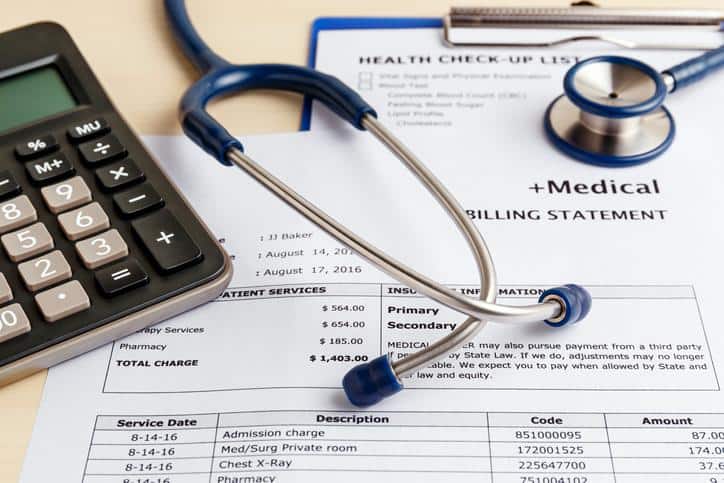

(844) - 444-4444

You’ve probably heard of a letter of protection, but what does it mean?
A letter of protection, or LOP, is a legal agreement that a person will pay back medical costs upon receiving compensation in a personal injury case.
Such arrangements can be helpful to those who were hurt in a car accident but can’t pay their medical bills right away or don’t have insurance.
But New York is a no-fault insurance state, meaning if you’re injured in a car accident you’re generally entitled to certain benefits regardless of who was at fault. Such benefits, or personal injury protection (PIP), can cover medical bills, lost wages, and other injury-related expenses.
No-fault coverage can help you pay for some expenses after an accident but might not cover everything.
Typically, no-fault insurance pays up to $50,000 for medical bills, lost wages, and other injury-related expenses constituting “basic economic loss.” Insurers offer additional personal injury protection through coverages known as Additional Personal Injury Protection (“APIP”) and Optional Basic Economic Loss (“OBEL”) that can make up the difference between actual losses and payment for “basic economic loss.” For example, basic economic loss limits payment for lost wages to $2,000 per month or 80% of lost wages, whichever is less. Where no fault benefits fail to adequately compensate the injured person, a third-party claim can be made against the at-fault motorist.
No-fault insurance is helpful because it ensures that you have easy access to medical treatment, and payment for lost wages, in the immediate aftermath of a crash without the need for a LOP. The medical provider can receive immediate payment from the no-fault insurance company. Whether you were the driver or a passenger at the time of your accident, the company insuring the vehicle you were in is primarily responsible for paying no-fault benefits. At the same time, more than one insurance company can be responsible for providing no-fault benefits.
It is important to note that a no-fault insurance claim differs from a bodily injury liability claim for pain and suffering. If you’re collecting no-fault benefits through the policy on your car, depending on the circumstances of the crash, you may also have a valid claim against the same vehicle’s liability coverage or that of another vehicle, person, or entity.
Just keep in mind that in a no-fault insurance state like New York your ability to make a claim for pain and suffering is sometimes limited. Because lost wages and medical expenses are paid by the no-fault insurance carrier regardless of fault, you likely must prove you have a “serious injury” to be compensated for pain and suffering. That term is defined in the New York Insurance Law and can be fully explained by an experienced New York personal injury lawyer. A LOP can affect a personal injury case for pain and suffering because it can give rise a “lien” which, if insurance coverage is limited, might reduce any recovery for pain and suffering.
If you’re injured in a New York car accident and would like to make a claim for pain and suffering, William Mattar, P.C. can help. Our car accident lawyers are experienced in the strict deadlines and complex steps required to assert a successful bodily injury liability claim for pain and suffering and are available to answer your questions – including those relating to LOPs and whether they can affect a New York personal injury claim. To get 24/7 help, call 844-444-4444 or fill out our free initial consultation form.





